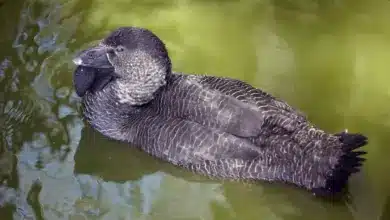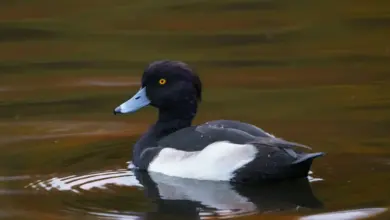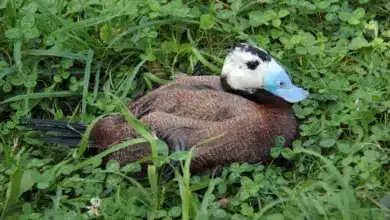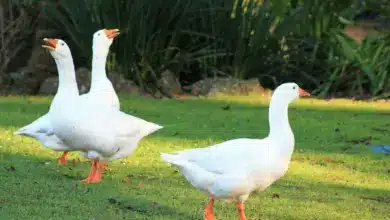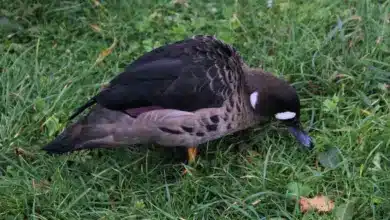The Ferruginous Duck (Aythya nyroca) is a medium-sized diving duck.
Their breeding habitat is marshes and lakes with a metre or more water depth. These ducks breed in southern and eastern Europe and southern and western Asia. They are somewhat migratory, and winter farther south and into north Africa.
The Ferruginous Duck is one of the species to which the Agreement on the Conservation of African-Eurasian Migratory Waterbirds (AEWA) applies.
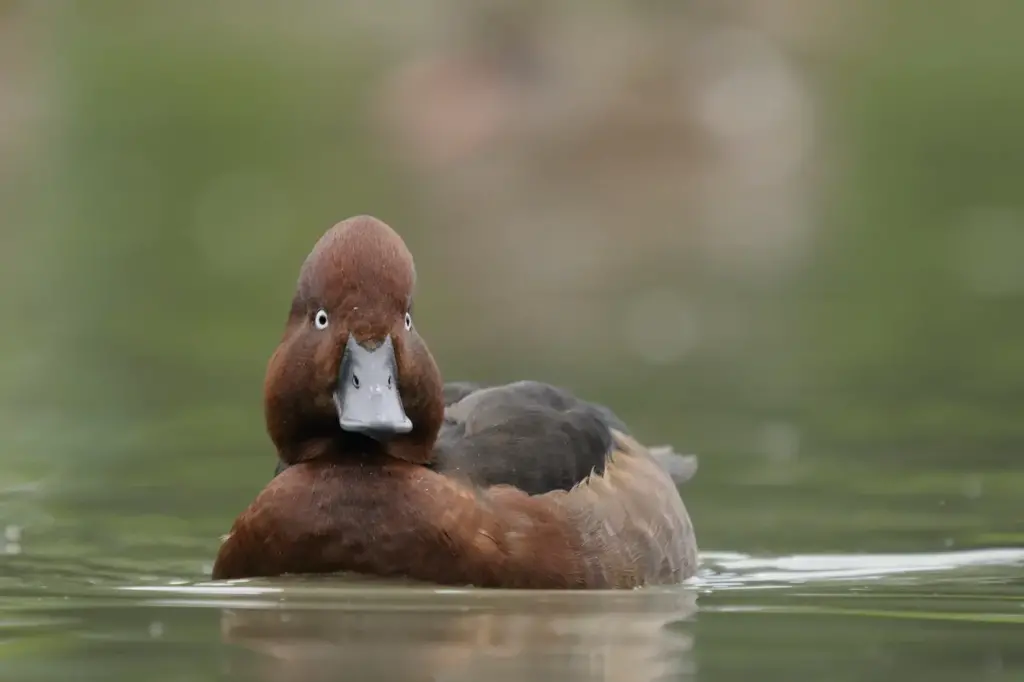
Description:
The adult male is a rich chestnut color with a darker back and a yellow eye. The pure white undertail helps to distinguish this species from the somewhat similar Tufted Duck. The female is similar but duller, and with a dark eye.
These are gregarious birds, forming large flocks in winter, often mixed with other diving ducks, such as Tufted Ducks and Pochards.
Diet / Feeding:
These birds feed mainly by diving or dabbling. They eat aquatic plants with some mollusks, aquatic insects and small fish. They often feed at night, and will upend (dabble) for food as well as the more characteristic diving.ts, crustaceans and pond vegetation.
Feeding Ducks …
We all enjoy ducks and many of us offer them food to encourage them to come over and stay around – and it works! Who doesn’t like an easy meal!
However, the foods that we traditionally feed them at local ponds are utterly unsuitable for them and are likely to cause health problems down the road. Also, there may be local laws against feeding this species of bird – so it’s best to check on that rather than facing consequences at a later stage.
- Foods that can be fed to Ducks, Geese and Swans to survive cold winters and remain healthy when food is scarce in their environment.
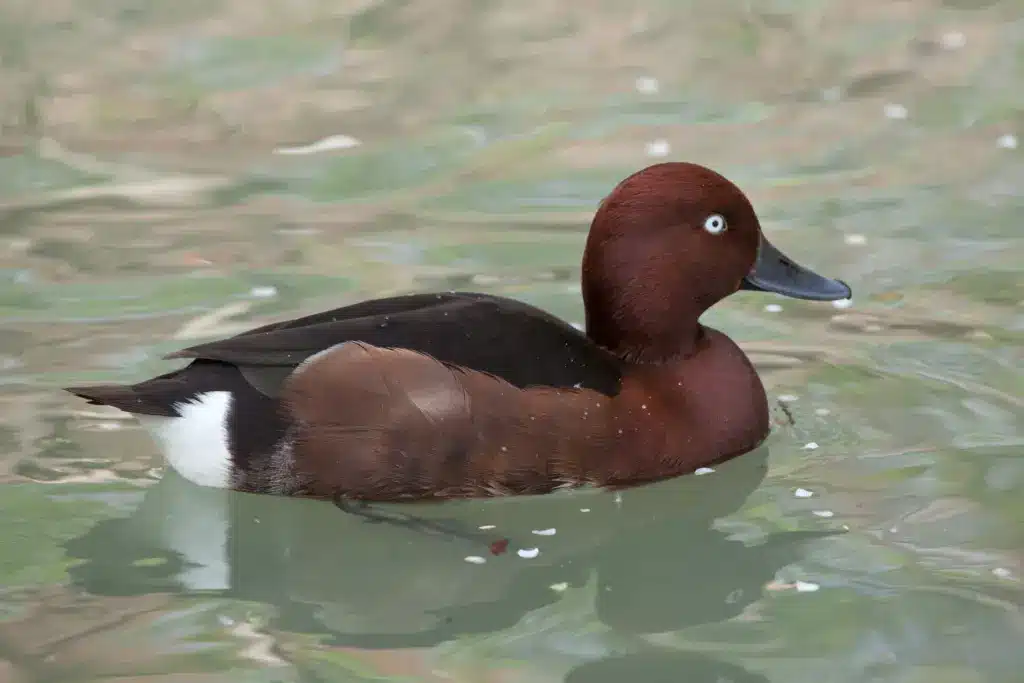
Please note that feeding ducks and geese makes them dependent on humans for food, which can result in starvation and possibly death when those feedings stop. If you decide to feed them, please limit the quantity to make sure that they maintain their natural ability to forage for food themselves – providing, of course, that natural food sources are available.

